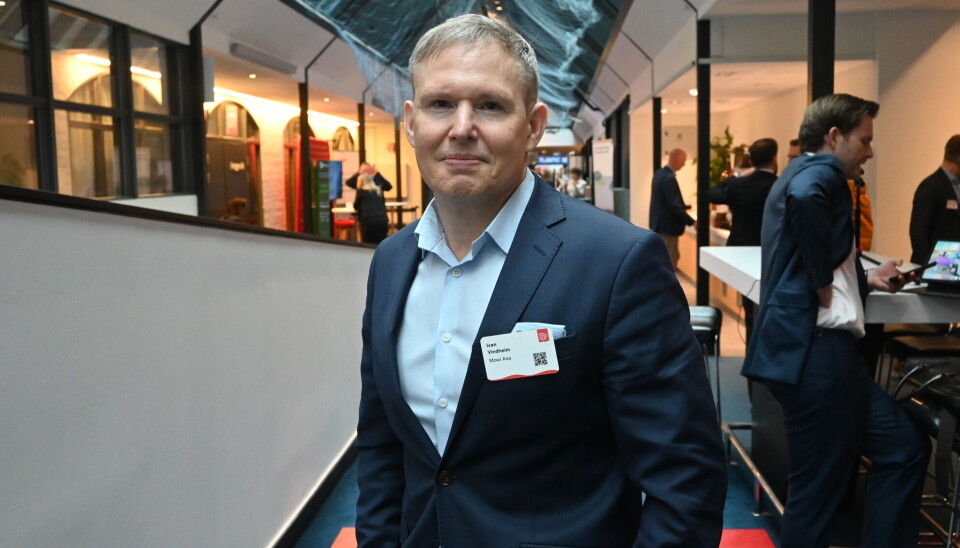
Salmon giant Mowi reports record Q2 harvest volume and revenue
But lower realised prices led to slightly lower operating profit in the quarter
The world’s biggest salmon farmer, Mowi, generated record operating revenues of €1.39 billion in the second quarter which translated into an operating profit of €189 million (£163m), down from €230m in Q2 2024 when salmon prices were stronger.
The company reported strong biological and operational performance, all-time high volumes and decreasing cost in the quarter.
“2025 has so far been a good year for the Farming division with very good operations and strong growth,” said Mowi chief executive Ivan Vindheim.
Mowi harvested 133,000 tonnes in Q2, 21% more than in the same quarter last year. The company has consequently increased its volume guidance for 2025 to 545,000 tonnes on strong seawater growth, equivalent to annual growth of 9% from 2024.
“With the recently concluded agreement to increase our ownership stake in Nova Sea from 49% to 95%, we expect to harvest at least 600,000 tonnes as early as next year, equivalent to a growth of 10% in 2026, and we are rapidly approaching our next milestone of 400,000 tonnes in Norway alone,” said Vindheim.

Lower costs
The CEO said production cost in Q2 fell to €5.39 per kilo, its lowest level since 2022, something which had contributed €49m to earnings in the quarter.
“For the first half of 2025 this effect increases to €67m. This is in part the result of lower feed prices, but also reflects a range of cost-cutting measures undertaken by the organisation over time. I would therefore like once again to thank all my colleagues in Mowi for their relentless efforts day after day to improve the company’s operations,” said Vindheim.
Record for VAP
Mowi Consumer Products, the group’s value-added products (VAP) business, also delivered its best quarter yet, with Mowi attributing the result to first-rate operational performance, high volumes, and lower raw-material prices.
“Earnings in Consumer Products have improved significantly in recent years not only on better underlying operations but also because Mowi has captured more of the value creation as an integrated salmon company offering customers a better value proposition,” said Vindheim.
“In addition, when salmon prices fall, as they did in the second quarter, lower realised prices for our farming business result in cheaper raw materials for our downstream processing business, leading to better earnings for the latter.”
Mowi Feed also had a strong quarter with earnings and sold volumes both record-high for a second quarter.
Higher prices in 2026
Looking at the market as a whole, Mowi said total salmon consumption measured by value increased by 5% compared with the same period in 2024. It added that so far, 2025 has been characterised by strong biology following several years of biological challenges. This has resulted in very high global supply growth in the year, reaching 18% in the second quarter, which has put pressure on prices.
“This supply growth has persisted into the third quarter, but we are now seeing more normalised production and more-or-less unchanged numbers of individuals in the sea compared with 2024. Therefore, the market expects only marginal supply growth in 2026 and, as a result, higher salmon prices,” said the company.






















































